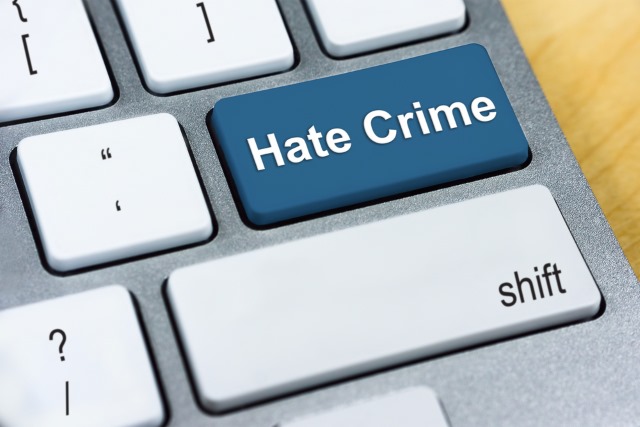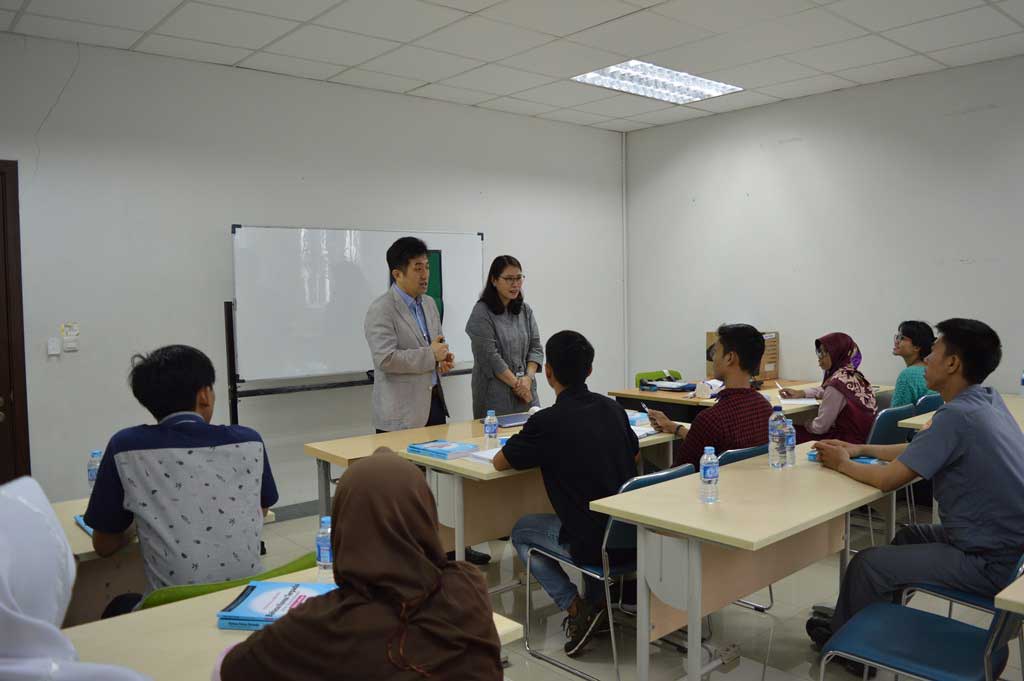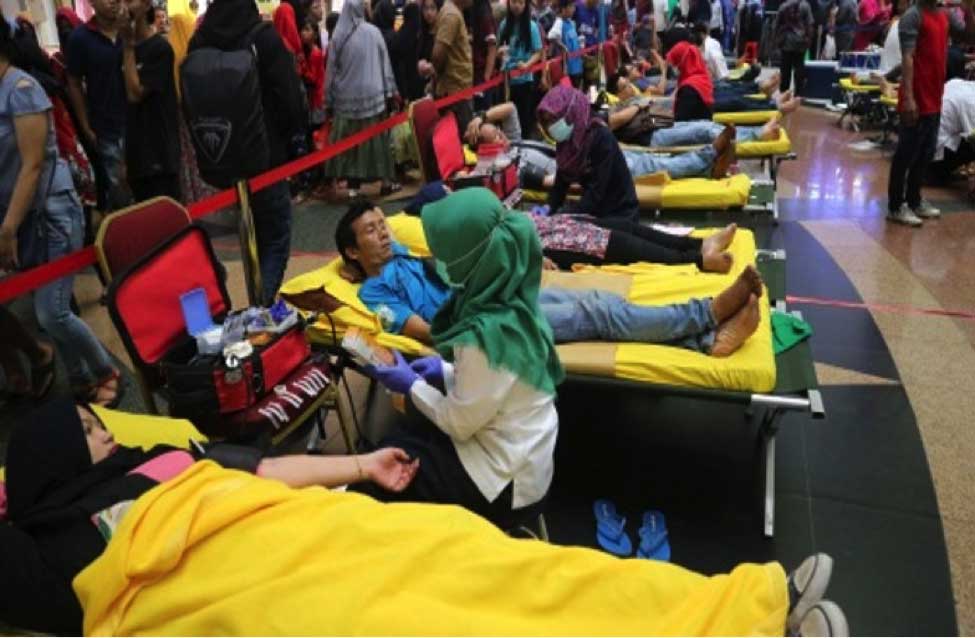By: Wimpi Handoko – Branding & Communication Strategy Expert of Fortune PR
The Merriam-Webster dictionary defines Hate crime as any of various crimes (such as assault or defacement of property) when motivated by hostility to the victim as a member of a group (such as one based on color, creed, gender, or sexual orientation). While the US Federal Bureau of Investigation defined a hate crime as a “criminal offense against a person or property motivated in whole or in part by an offender’s bias against a race, religion, disability, sexual orientation, ethnicity, gender, or gender identity.” Hate itself is not a crime and the FBI is mindful of protecting freedom of speech and other civil liberties.
Hate crimes exist since the beginning of mankind on earth. It’s been the cause of civil wars, world wars, religious wars and all the sufferings that mankind has endured. The velocity and malignancy of hate crime today is even more easily spread at every level of society with the use of social media and Indonesia is no exception. With around 79 million active social media users in 2016, Indonesia can become the sum of all fears to any PR practitioners when it comes to hate crime crisis management.
Indonesia is currently putting into effect Law on Information and Electronic Transaction UU ITE no. 19/2016 that regulates amongst other the (correct) use of social media and punishment for those spreading hate crime starting from a simple monetary fine until a maximum of 4 years jail sentence. Unfortunately the ruling is based on a complaint offense rather than a stronger public offense that will unfortunately put bold offenders more freedom in the absence of any complaints.
As PR practitioners who sooner or later will need to face a crisis management of hate crimes in their hands, it would be useful to learn more on what constitutes hate crime with the hope that such insights will help more in developing a robust strategy to face hate crime crisis.
Since Indonesia has not made any concrete studies on hate crime, we can look into the years of studies reported by CNN made by the US FBI that they applied into their training manual on the four categories of hate crimes. The categories definition may differ towards the Indonesian socio-culture aspect but it may still be revelant to the human aspect:
Thrill-seeking hate crime
These are often driven by an immature itch for excitement and drama. Think bored and drunk young men marauding through neighborhoods, mayhem on their minds.
Often there is no real reason for these crimes, experts say. They’re committed for the thrill of it, and the victims are vulnerable simply because their sexual, racial, ethnic, gender or religious background differs from that of their attackers.
Often the attackers think society doesn’t care about the victims — or worse, will applaud their assault.
The attackers may be young, but they are dangerous. Most of these “thrill offenses” were physical assaults, including vicious beatings that put victims in the hospital. The use of social media is out from the picture as they are more likekly to be physical offenders than verbal. In the 70’s, Jakarta became the base of the most verocious street gangs in the country and lately in Jakarta, Bandung and Medan athorities are cracking down on the so-called motorcycle gangs that are attacking certain area and communities in these cites. These are conisderd as thrill-seeking hate crimes as most of the offenders are found to be from well-to-do family background.
Defensive hate crime
In these hate crimes, the attackers sees themselves as “defending” their turf: their neighborhood, their workplace, their religion or their country.
Unlike thrill-seekers, who invade other neighborhoods and attack without warning, “defenders” target specific victims and justify their crimes as necessary to keep threats at bay. Many times, they are triggered by a particular event, such as religious blasphemy or ethnicity. Like thrill-seekers, the “defenders” show little or no remorse for their attacks and believe that most, if not all of society supports them but is too afraid to act.
This offenders uses both verbal and physicial offense using social media to incite hate towards the target as well as building momentum to followers to participate and conduct physical offense in groups under a common symbol.
Retaliatory hate crime
These hate crimes are often seen as revenge, whether in response to personal slights, other hate crimes or terrorism.
The “avengers,” who often act alone, target members of the racial, ethnic or religious group who they believe committed the original crime — even if the victims had nothing to do with it. They care only about revenge, and they will travel to the victims’ territory to enact it.
Nowadays we see more sophisticated loner offenders who master the digital world by manipulating social media for their advantages in targeting victims before finaly carrying the actual physical offensive themselve.
Mission offenders hate crime
These are the deadliest — and rarest — types of hate crimes. They are committed by people who consider themselves “crusaders,” often for a racial or religious cause. Their mission: total war against members of a rival race or religion. They are often linked to groups that share their racist views.
Mission offenders write lengthy manifestos explaining their views, visit websites steeped in hate speech and violent imagery, and travel to target symbolically significant sites while seeking to maximize carnage.
These hate crimes can look a lot like terrorism, and scholars say mission offenses often overlap both definitions. They would pribably start by starting their own blog expected to be followed by those in favor of their ideology and thinking and uses other social to gather followers and to manipulate the cyber authority may use some coded messsages for followers to be intrigued by it.
Mostly are organized and uses the digital media in a sophisticated yet manipulated ways hoping that their voice is as strong as their offenses.
What can be done?
Indonesia by tradition is still a primodial society. While the country ideology is based on Pancasila and ruled by the 1945 Constitution, with a Muslim majority population, religious sentiments are still very sensitive.
A company that intends to ripe the fruit of business or an individual who is venturing into personal success in Indonesia should consider some steps in challenging hate crimes without being submissive nor complaisant towards the possibilities of being a victim to hate crime.
Prevention is still the best defense.
- Avoid statements or programs that may incite negative sentiments towards issues on SARA ( ethnicity, race, religion and inter-communal).
- Respect and follow both the country law as well as unwritten socio-culture rules.
- Be mindful in providing statements through mass media and social media and make sure that recorded documents are filed in case for future reference.
- Study and comprehend existing laws that relates to hate crime offenses.
- Set up a ready-to-work crisis management SOP.
While such preventive measures do not guarantee hate crime-free possibilities, saving an umbrella for a rainy day is useful. But when things happen and hate crime is at your door step, following the common rules will be a start:
- Activate the crisis management SOP.
- Never face hate crime offenders alone.
- Bring in the authorities and let them do their job.
- Cooperate with the authorities.
- Avoid vengeful public comments and accusations.
- Use the law to work for you
- Stay on your overall business objectives or individual goals.










Leave a Reply